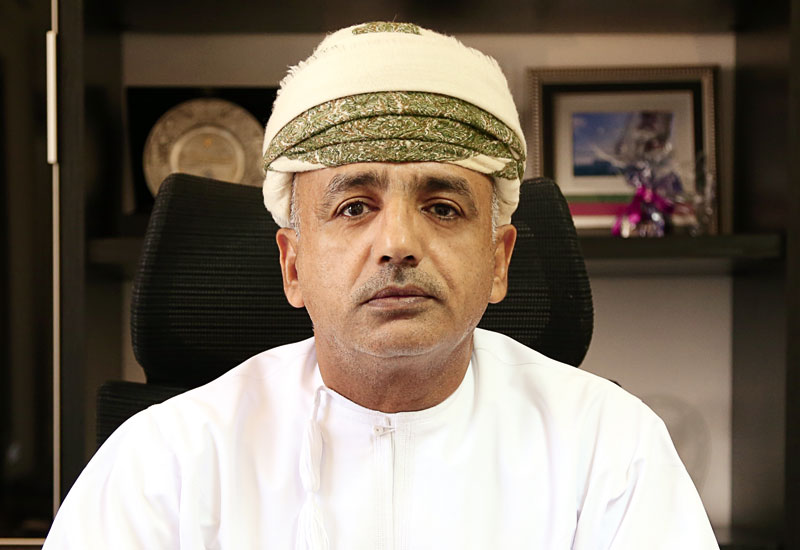Balancing a growing diversity of tourism activities with the preservation of pristine landscapes and rich traditions is a skill known only too well by Oman Ministry of Tourism director general of tourism promotion Salim Aday Al Mamari.
Combine this balancing act with a national tourism strategy aiming to double the number of international visitors to five million by 2040, and you discover a challenge requiring strong leadership and a level of cultural sensitivity familiar among the Omani people. “In Oman we are not in a hurry to tackle millions of tourists, we are trying to grow slowly but surely. We have an identity here and we don’t want to lose it,” says Al Mamari.
With a keen desire to offer ‘tourism experiences’ Al Mamari believes Oman can provide tourists a vacation unlike any other country in the this part of the world. “Each part of the country offers you a different experience. When I talk about experiences I mean our people, culture, food, music – then of course our scenery, landscapes, wildlife, marine life, dessert life and our mountains.” He continues: “Tourism nowadays has been changed completely, people travel as a way of educating themselves, and when tourists come to Oman it will be a great opportunity to speak to local people, to make a change and to educate them on what it means to be from Oman. People will return home with real stories and with real experiences.”
The mid-market sector Oman’s Ministry of Tourism is targeting the ‘growing global trend’ for budget and mid-market hospitality, according Al Mamari, who claims there is “absolutely a growing market for economy accommodation” and Oman’s national tourism strategy was designed and approved to take into consideration this one- two- and three-star hotel growth.
“The global trend in tourism is changing, of course there is still a five-star market – but now, tourists with high levels of disposable income are seeking something new from their vacations.”
This concept of seeking something new has led to a creative approach to the mid-market hospitality sector in Oman. “We are allowing people who own farms to convert a part of their farm buildings into accommodation, not more than ten rooms, keeping in mind not to disturb the environment, and to build it in a very traditional way.”
He continues: “We can give the tourists an experience about how we used to live on the farms, they can experience the traditional customs, see the wildlife and enjoy the very simple things here.”
He adds: “We are also allowing those people who have an old house which was perhaps built one or two hundred years ago to be converted into a hotel. These kind of accommodations will be unique and they will be reasonable in terms of price.
Al Mamari is also keen to acknowledge his desire to offer a full range of mid-market hospitality options for tourists arriving into Oman, including the more well-known international chains: “Big and small hotel chains are
welcome, but we absolutely must focus on service levels – people always remember the way they are treated.”
Promoting Growth
Growth in the Omani mid-market hospitality sector is natural and organic, according to Al Mamari, though the government has helped facilitate the process. “It is both a government incentive and a market requirement to develop this sector. What we can see today is that there is a big demand, but we are offering any help required by the hoteliers. We are also giving priorities for the investor, especially for the unique mid-market properties.”
Promoting Oman as a mid-market destination is also a keen aspect of the Ministry’s work, having already been engaged in international conferences and exhibitions for many years. “We have already started to get the word out, some of the authentic accommodation is still under development and not yet ready, it is a work in progress, but for sure our promotional material already highlights the mid-market offerings of Oman and it is already being promoted.”

| Advertisement |










 Search our database of more than 2,700 industry companies
Search our database of more than 2,700 industry companies









